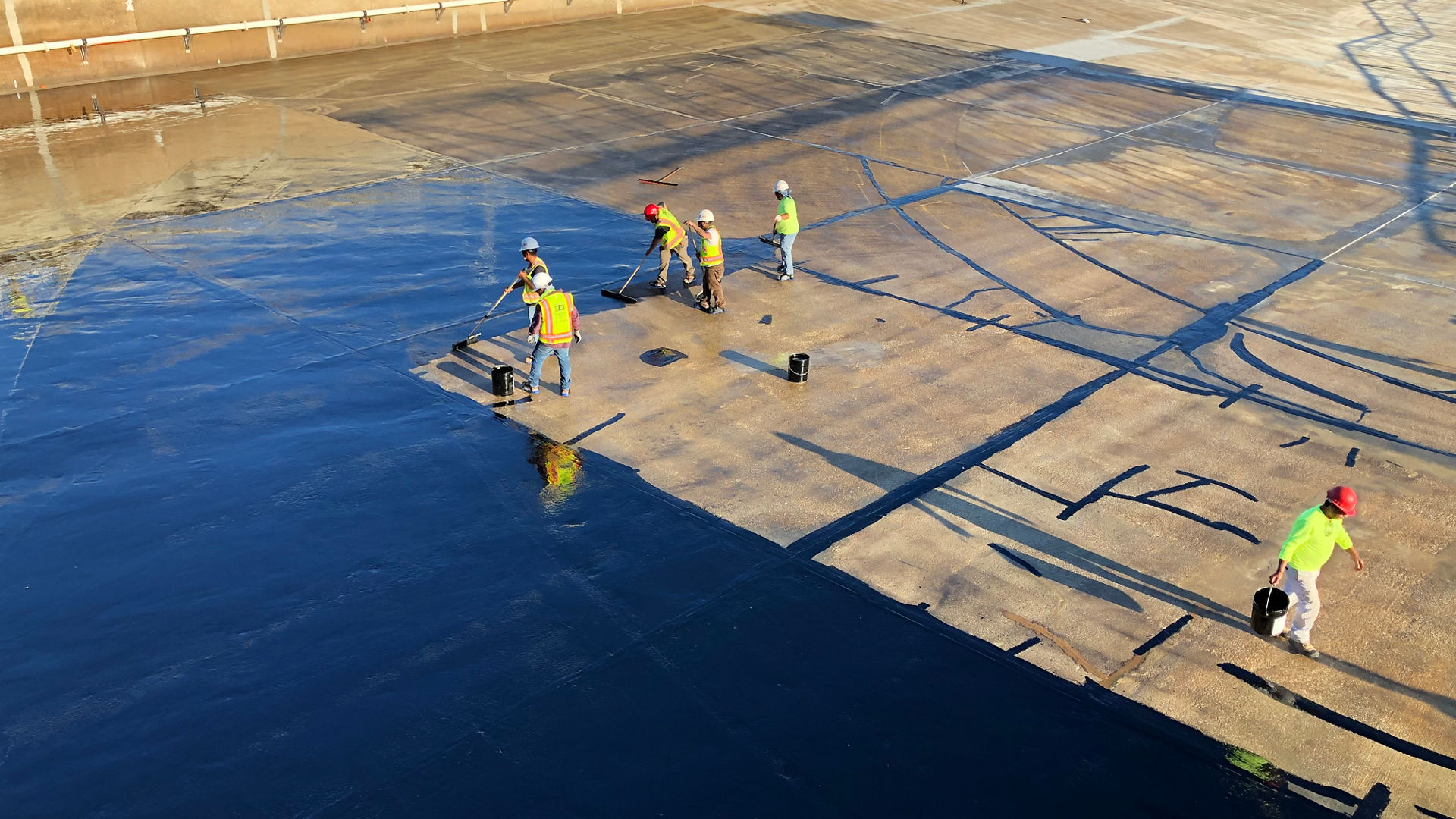2023
Baltimore, MD
History of The Montebello Water Filtration Plant
The Montebello Water Filtration Plant gave the Baltimore region national acclaim when it was completed in 1915. It was a significant achievement in both engineering and architectural design. In 1912, engineers began the architectural and engineering plans for the landmark. Many experts combined their knowledge to design Baltimore’s first water filtration facility, and the facility is still in use today. This is yet another living testament of if constructed and maintained properly, Concrete can potentially be a very substantial material. The Montebello Water Filtration Plant I in Baltimore is notable in several ways. Locally, as Baltimore’s first water filtration plant, it was a significant accomplishment towards improving living conditions, and it was a cornerstone of Baltimore’s modern water supply. In a larger context, it was part of a nationwide movement to build the first generation of municipal water filtration plants at the turn of the 20th century as a result of the Urban Progressive Era. At the time of its completion, The Montebello Filtration Plant was the second largest of its type in the nation and the most modern. In addition, its attractive architectural design and landscaping was an ideal of the national “City Beautiful” movement, giving it national distinction.
Project Details
Over the many years of service, the topping slab deteriorated to various levels in each of the 4 basins. The conditions ranged from fine to wide cracks, joints to be sealed and those with spalled edges, exposed-aggregate surfaces, localized spalling, and large delaminations. In Basin 3, the delaminations were so vast the design team elected to fully remove the topping slab and this was conducted efficiently. Left behind was a mostly CSP-3 with a red epoxy bonding agent. Having just experienced long-term bond failure, the design team instructed to have complete removal of the old bonding agent and to achieve a CSP-6 or greater.
The construction team employed and evaluated several means to obtain the required level of surface preparation. Large grinders did not reach into the valleys to remove the old epoxy. Multi-head scabblers were used effectively to achieve the profile and subsequent ultra-high-pressure water was productivity to remove the remaining bonding agent for the ~65,000 square feet of base slab. A testing program was implemented to ensure success of the surface preparation, bonding agent, and overlay. Several mockups were installed in randomly prepared locations throughout the basin with both a 100% epoxy bonding agent and an epoxy/cement bonding agent followed by the repair material. All materials used on the project were ANSI Standard 61 approved for potable water contact.
Adhesion testing was done in accordance with ASTM C1583/C1583M using 2” diameter steel discs. The test equipment pulls directly in tension and notes the psi and mode of failure. Most of the failure modes were within the concrete substrate (FM-6) at an acceptable strength to the design team. The consistently higher substrate strength found with the epoxy bonding agent was determined to be a result of better penetration into the pores, thus conditioning and improving the substrate. A few failures were within the repair material (FM-2) and attributed to the short curing time prior to testing. The other failures were related to testing issues such as disc to adhesive.
Now with confidence in the means and materials, the overlay was installed in alternating 13’ wide pours. The bonding agent was broomed into the substrate for maximum contact. The concrete was delivered by boom pump into the basin. The special mix was low shrinkage containing fibers and smaller aggregate which was tested and approved for potable water contact. The alternating pattern allowed access to both sides for easier tooling of joints, bull floating, and troweling. After finishing with a light broom, it was wet cured with burlap and polyethylene.

